Tomatoes are a staple in gardens worldwide, cherished for their flavor, versatility, and nutritional value. However, growing healthy, high-yielding tomato plants can be challenging due to pests, diseases, and nutrient competition. One of the most effective and natural ways to support tomato growth is companion planting—strategically planting certain crops nearby to improve soil, repel pests, attract beneficial insects, and enhance flavor.
In this guide, we explore five expert-recommended companion plants that help tomatoes thrive, along with tips on planting, care, and harvesting for optimal results.
Why Companion Planting Works
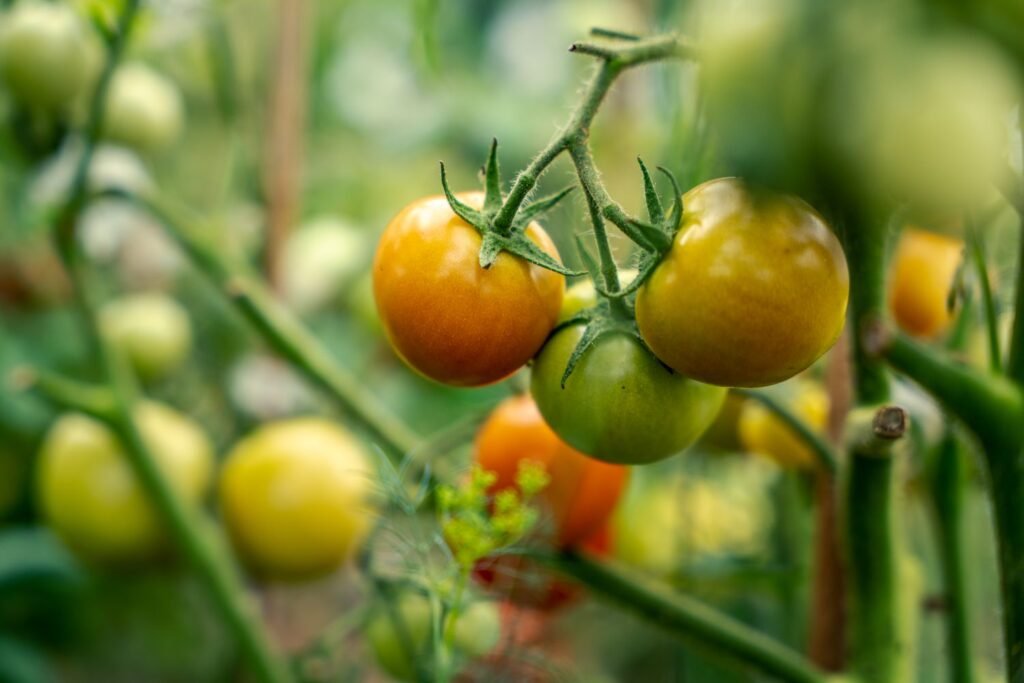
Companion planting is more than just a gardening tradition; it is rooted in ecological science. Properly selected companion plants provide multiple benefits:
- Pest Deterrence – Some plants repel harmful insects that target tomatoes, reducing the need for chemical interventions.
- Pollinator Attraction – Flowers from companion plants attract bees and other pollinators, improving fruit set and yield.
- Nutrient Enhancement – Certain plants fix nitrogen in the soil or prevent nutrient depletion, supporting robust tomato growth.
- Disease Prevention – Companion plants can reduce the spread of fungal or bacterial diseases by improving airflow and discouraging disease-prone insects.
- Flavor Enhancement – Some herbs, like basil, are believed to improve the flavor of nearby tomatoes.
1. Basil: The Flavor Booster and Pest Repellent
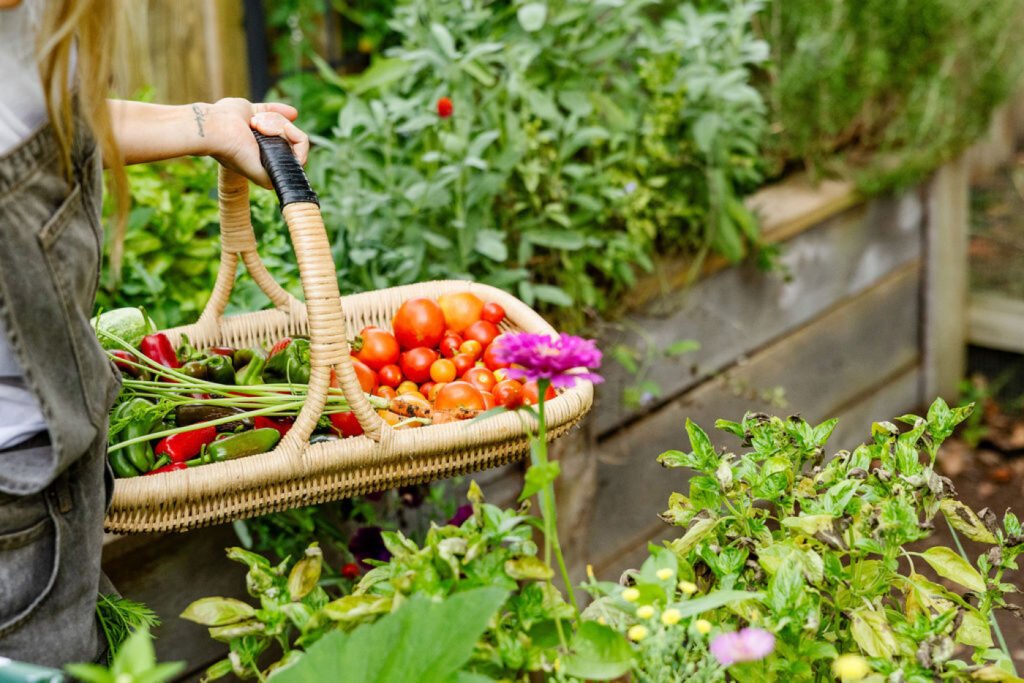
Basil is perhaps the most famous companion plant for tomatoes, and experts recommend it for both culinary and ecological reasons.
- Pest Benefits – Basil repels common tomato pests, including aphids, whiteflies, and spider mites.
- Growth Benefits – Planting basil near tomatoes is said to enhance tomato flavor, though research on this is anecdotal.
- Planting Tips – Space basil plants about 12 inches from tomato stems. Use dwarf or bush varieties if planting in containers or small gardens.
- Harvesting – Regularly pinch basil leaves to encourage bushy growth, which also provides more foliage to protect tomatoes naturally.
Expert Insight: Companion planting guides consistently recommend basil as a top tomato ally, both for its aromatic properties and its culinary convenience.
2. Marigolds: Natural Pest Control Champions
Marigolds are colorful flowers that are widely praised by experts for their pest-repelling abilities.
- Pest Benefits – Marigolds exude natural compounds that repel nematodes, aphids, and tomato hornworms.
- Soil Benefits – Certain species, such as French marigolds, help suppress root-knot nematodes that attack tomato roots.
- Planting Tips – Scatter marigolds around tomato plants or interplant them for maximum protection. They thrive in full sun and well-drained soil.
- Harvesting/Flower Care – Deadhead flowers to encourage continuous blooming throughout the season.
Expert Insight: The University of Florida and other horticultural experts recommend marigolds as part of an integrated pest management strategy for tomatoes.
3. Garlic and Onions: Natural Disease Fighters
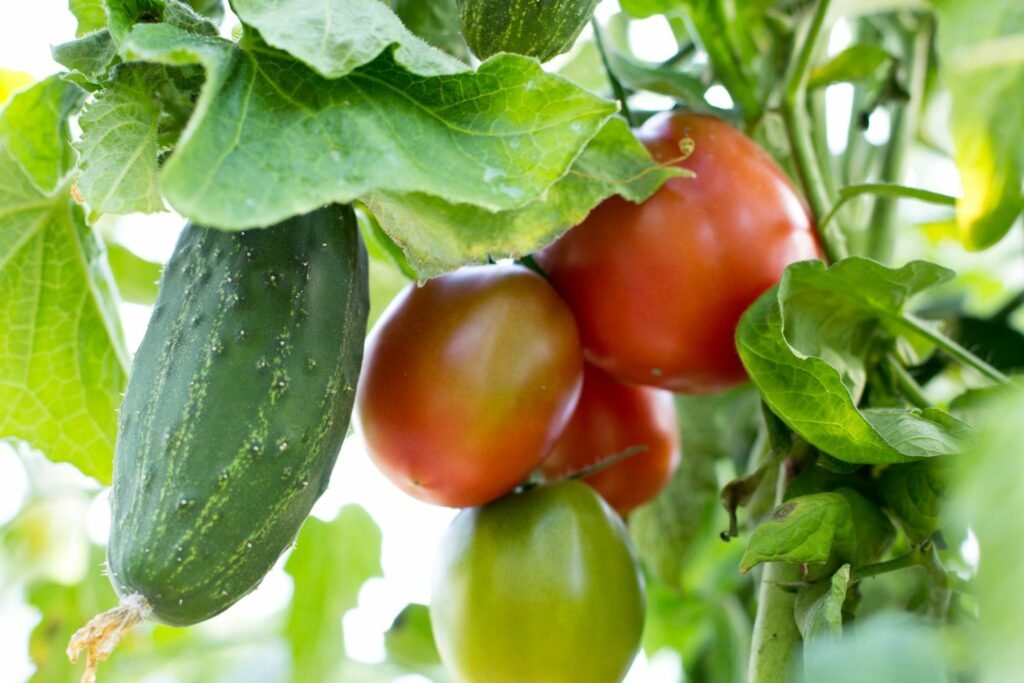
Allium species, such as garlic and onions, are excellent companions for tomatoes due to their pest and disease-fighting properties.
- Pest Benefits – Garlic and onions deter aphids, spider mites, and other soft-bodied insects that often plague tomato plants.
- Disease Resistance – The sulfur compounds in alliums can help reduce fungal infections such as powdery mildew.
- Planting Tips – Plant bulbs 4–6 inches away from tomato stems to prevent competition for space while maximizing protection.
- Harvesting Tips – Garlic and onions can be harvested in mid-summer without affecting tomato growth, depending on variety and planting schedule.
Expert Insight: Companion planting studies consistently show that integrating alliums into tomato beds can reduce pest pressure and enhance plant resilience.
4. Borage: A Beneficial Pollinator Magnet
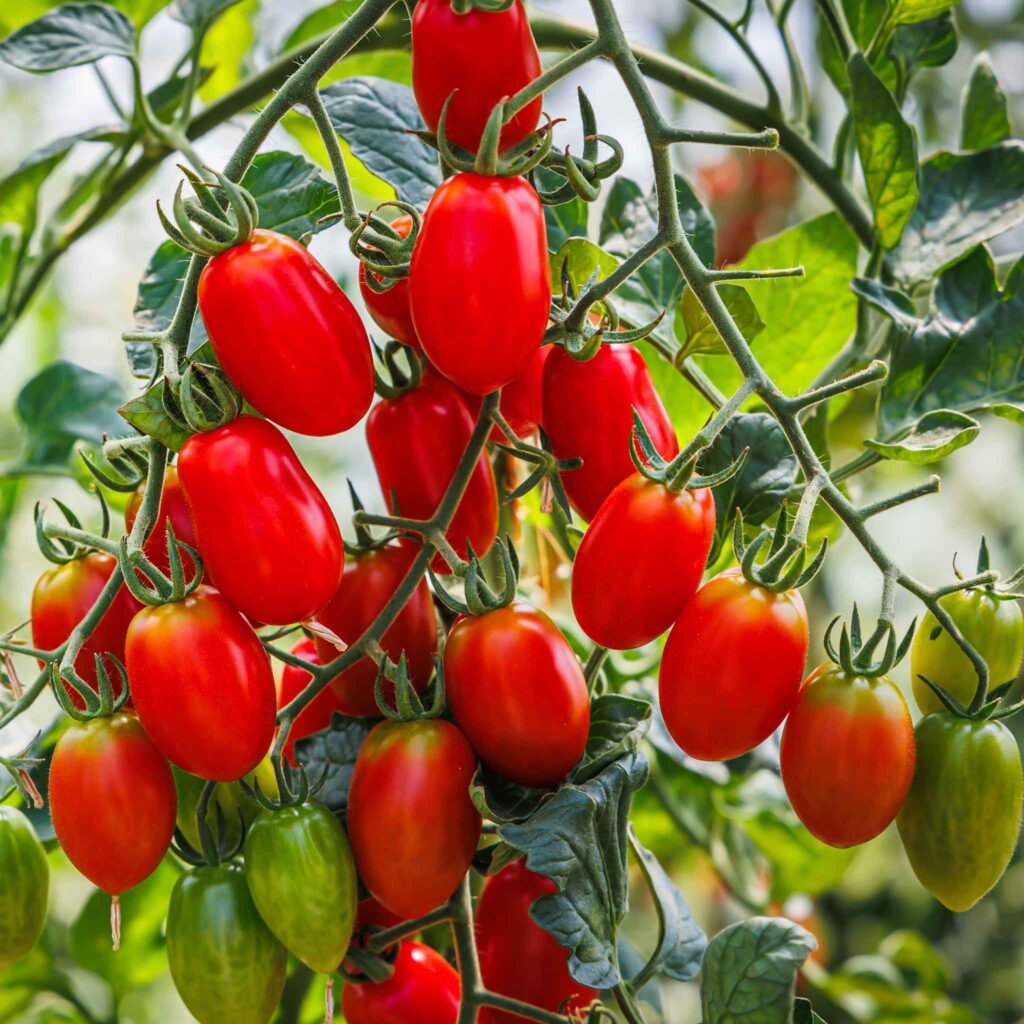
Borage (Borago officinalis) is an herb with star-shaped blue flowers that attracts pollinators and adds nutrients to the soil.
- Pollination Benefits – The flowers attract bees and other pollinators, improving fruit set and overall yield.
- Soil Benefits – Borage accumulates minerals like potassium and calcium, enriching the soil as leaves decompose.
- Planting Tips – Place borage around tomato plants in sunny areas. Allow it to grow freely, but thin seedlings if overcrowded.
- Harvesting/Flower Care – Harvest flowers for culinary use or leave them on the plant to support pollinators throughout the season.
Expert Insight: Organic gardeners often plant borage near tomatoes specifically to enhance pollination and promote a healthy garden ecosystem.
5. Carrots: Deep-Rooted Nutrient Allies
Carrots are root vegetables that work well as tomato companions because they occupy a different soil layer.
- Nutrient Benefits – Carrots grow deep roots, minimizing competition for surface nutrients while aerating the soil for tomato roots.
- Growth Benefits – Interplanting carrots with tomatoes maximizes garden space and can deter some pests, like tomato hornworms, by confusing their senses.
- Planting Tips – Sow carrot seeds between tomato plants, maintaining adequate spacing for both crops to thrive.
- Harvesting Tips – Carrots can be harvested progressively throughout the season without disturbing tomato roots if planted strategically.
Expert Insight: Companion planting charts recommend carrots as a low-maintenance, mutually beneficial companion to tomatoes, particularly in raised beds or container gardens.
Tips for Successful Companion Planting
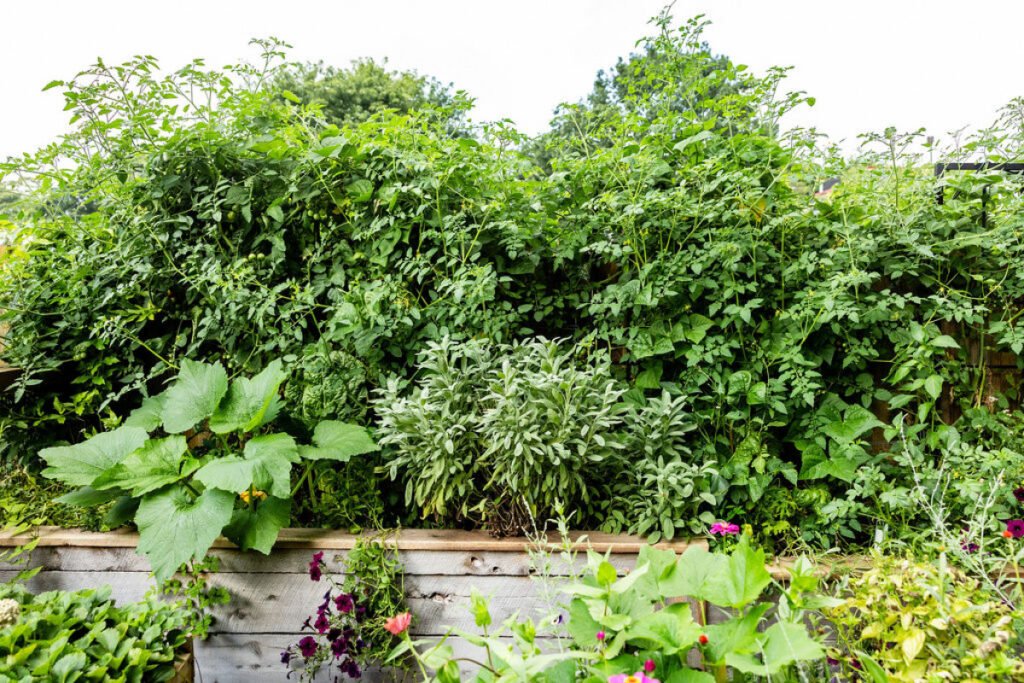
- Plan Your Layout – Place tall companions like borage or marigolds behind tomato rows to prevent shading.
- Consider Growth Cycles – Plant fast-growing herbs like basil close to slower-growing tomatoes for continuous protection.
- Monitor Soil and Water – Ensure companion plants have similar watering and sunlight needs as tomatoes.
- Rotate Crops Annually – Rotate tomato beds and companions each year to prevent soil-borne diseases.
- Mix and Match – Combining multiple companion plants can create a balanced, pest-resistant, and nutrient-rich environment.
Common Mistakes to Avoid
- Planting Incompatible Companions – Avoid planting tomatoes near potatoes or fennel, as these can attract pests or inhibit growth.
- Overcrowding – Too many plants in one area can reduce airflow, increasing disease risk.
- Neglecting Sunlight – Ensure companion plants do not shade tomato leaves excessively.
- Ignoring Pest Monitoring – Companion plants help but do not replace the need for regular pest observation.
- Over-Fertilization – Excessive fertilizer can favor companion plants over tomatoes, affecting growth balance.
Conclusion
Companion planting is a natural, expert-approved method to help tomatoes thrive. By integrating basil, marigolds, garlic/onions, borage, and carrots into your tomato garden, you can reduce pest pressure, attract pollinators, improve soil health, and enhance flavor.
Successful companion planting requires careful planning, attention to spacing, and understanding each plant’s growth requirements. With these five companions, gardeners can create a vibrant, productive, and sustainable garden ecosystem that supports healthy tomatoes from seedling to harvest.
Whether you are growing tomatoes in containers, raised beds, or traditional garden plots, using companion plants is a simple, effective way to maximize yield, minimize pest problems, and enjoy flavorful, healthy tomatoes season after season.
